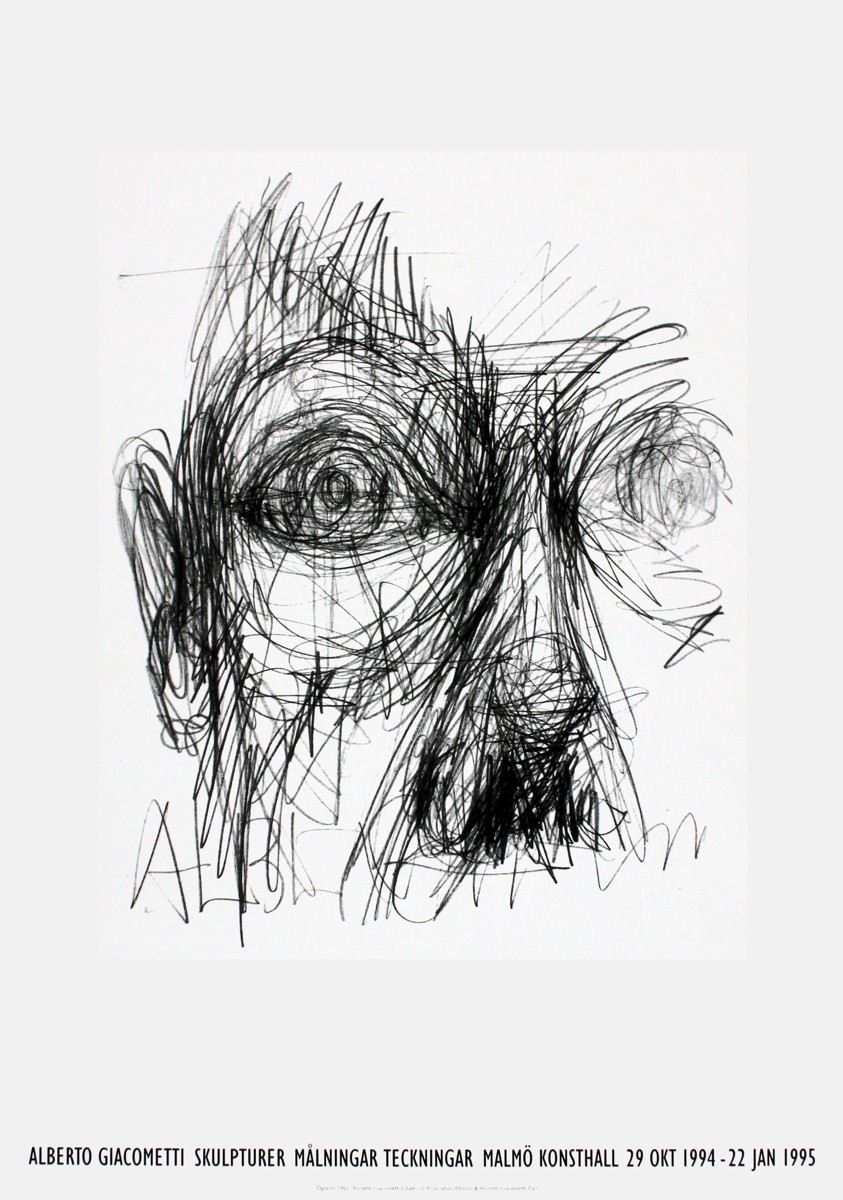A few links
IAI.tv has published a debate between Jennifer Hornsby, Patrick Haggard, and George Ellis on the neuroscience of free will. The most recent issue of Abstracta, an open-access journal of philosophy published by Düsseldorf University Press, is now available. The New York Times has a lengthy review of Evan Thompson’s new book Waking, Dreaming, …

